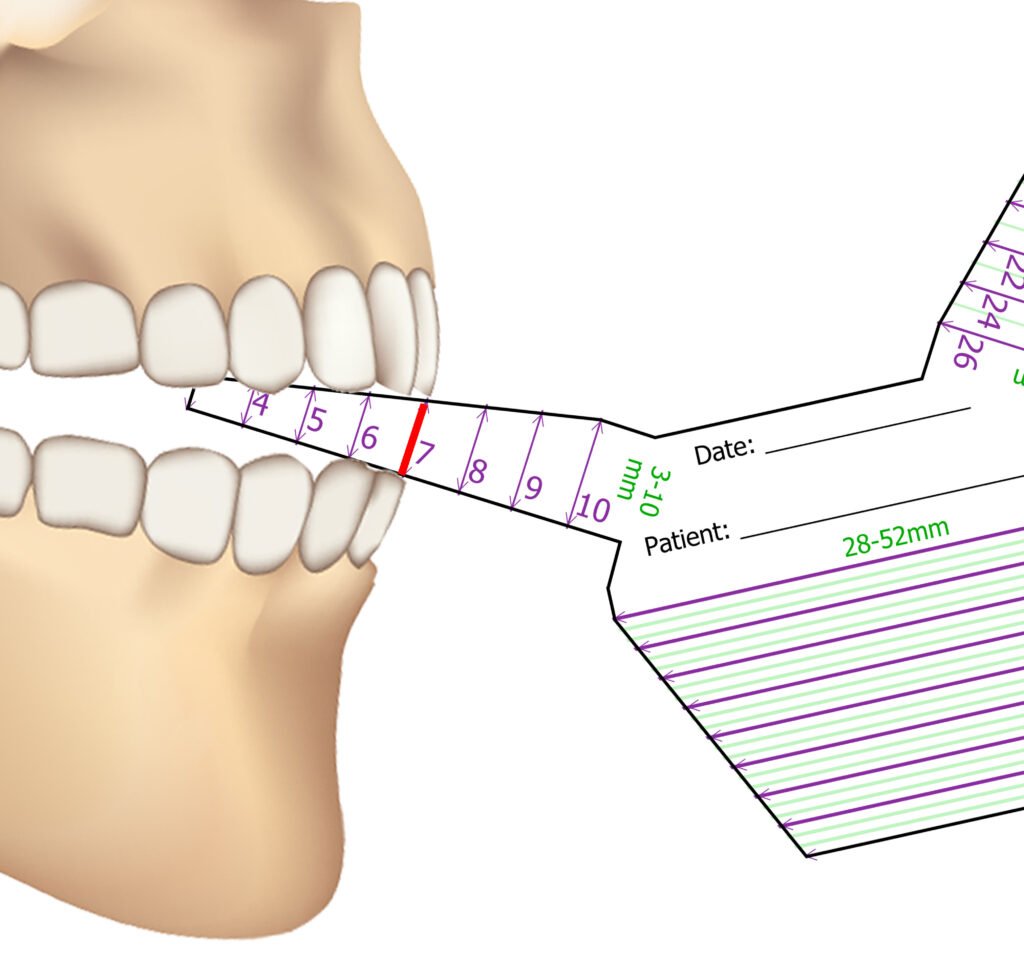Reduced mouth opening, medically referred to as trismus, is the inability to fully open the mouth. It can significantly affect daily activities such as eating, speaking, and maintaining oral hygiene. This condition can be temporary or chronic, depending on the underlying cause.
Causes of Reduced Mouth Opening
There are several potential causes of reduced mouth opening, including:
- Temporomandibular joint (TMJ) disorders: TMJ issues can lead to pain and stiffness around the jaw, limiting its movement.
- Muscle spasms: Involuntary muscle contractions in the jaw muscles can restrict mouth opening.
- Infections: Dental infections, abscesses, or oral surgeries can lead to swelling or scarring that limits mouth opening.
- Trauma or injury: Fractures to the jaw or facial bones can cause restricted mouth movement.
- Radiation therapy: Individuals who have undergone radiation treatment for head or neck cancer may experience reduced mouth opening due to fibrosis.
- Arthritis: Inflammation in the jaw joint, such as in rheumatoid arthritis, can also lead to a reduced range of motion.
- Dental procedures: Prolonged or invasive dental treatments may result in temporary mouth stiffness.
Symptoms of Reduced Mouth Opening
The most common symptom of reduced mouth opening is the inability to open the mouth fully. Other symptoms may include:
- Pain or discomfort while trying to open the mouth
- Jaw stiffness or clicking
- Difficulty eating or speaking
- Swelling around the jaw or face
- Limited jaw mobility, making it difficult to perform everyday tasks
Diagnosis of Reduced Mouth Opening
To diagnose reduced mouth opening, a dental or medical professional will typically perform a physical examination and may ask about the patient’s medical history. Diagnostic tools could include:
- X-rays: To rule out bone fractures or joint issues.
- CT scan or MRI: For detailed imaging of soft tissues, muscles, and joints.
- Jaw measurement: A dentist may measure the range of motion of the jaw to assess the extent of mouth opening.
Treatment Options for Reduced Mouth Opening
The treatment for reduced mouth opening depends on the underlying cause. Possible treatment options include:
- Physical therapy: Exercises that improve jaw mobility and relieve stiffness.
- Medications: Anti-inflammatory drugs or muscle relaxants to alleviate pain and reduce inflammation.
- Hot or cold compresses: To reduce swelling and improve blood flow to the area.
- Splints or mouth guards: To relieve pressure on the jaw and prevent further damage.
- Surgical intervention: In cases of trauma or severe cases, surgery may be needed to restore normal function.
- Antibiotics: If an infection is present, antibiotics may be prescribed to treat the underlying infection.
Prevention of Reduced Mouth Opening
While some causes of reduced mouth opening may not be preventable, you can reduce your risk by:
- Maintaining good oral hygiene to prevent infections and abscesses.
- Seeking prompt treatment for jaw injuries or trauma.
- Regularly visiting a dentist to monitor the health of your TMJ and jaw muscles.
- Managing conditions like arthritis early to avoid complications.
Frequently Asked Questions (FAQs)
Q: What is the normal range of mouth opening?
A: The average mouth opening for most adults is about 40-50 millimeters. If you can open your mouth less than 35 millimeters, it may be considered restricted.
Q: Can reduced mouth opening be permanent?
A: In some cases, reduced mouth opening can be permanent, especially if caused by scarring, severe infections, or certain diseases. Early intervention can help reduce the likelihood of permanent limitations.
Q: How long does it take to recover from reduced mouth opening?
A: Recovery time varies depending on the cause. For example, muscle spasms may resolve within a few days with treatment, while conditions like arthritis or trauma may require longer treatment periods.
Q: Is reduced mouth opening dangerous?
A: Reduced mouth opening is not usually life-threatening but can interfere with eating, speaking, and oral hygiene. In severe cases, it can lead to complications such as malnutrition or infection.
Conclusion
Reduced mouth opening, or trismus, can impact a person’s quality of life by limiting their ability to perform basic functions. Identifying and treating the underlying cause is crucial for effective management. If you experience difficulty opening your mouth, it is important to consult with a healthcare provider for a proper diagnosis and treatment plan.

